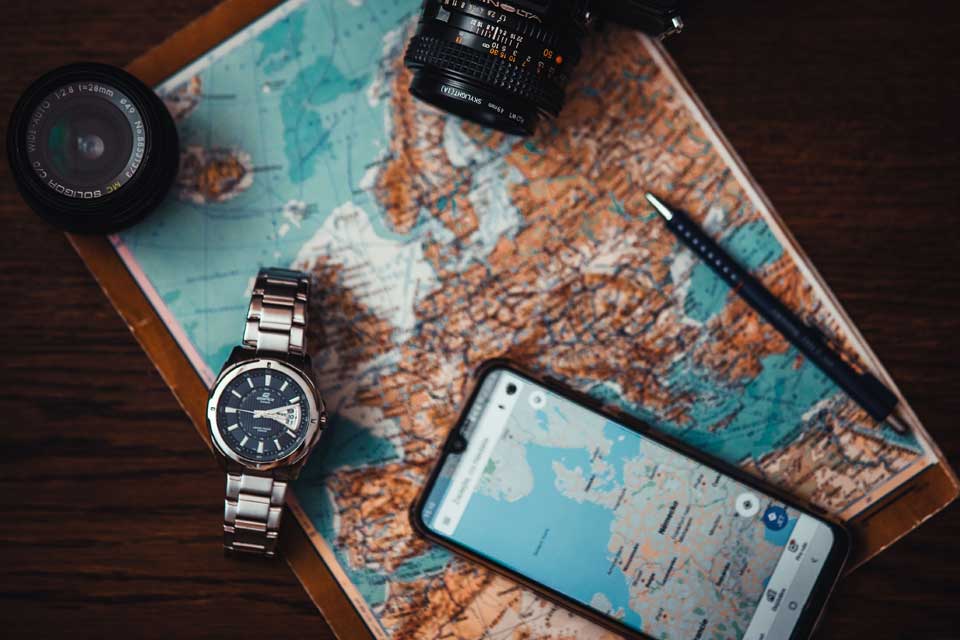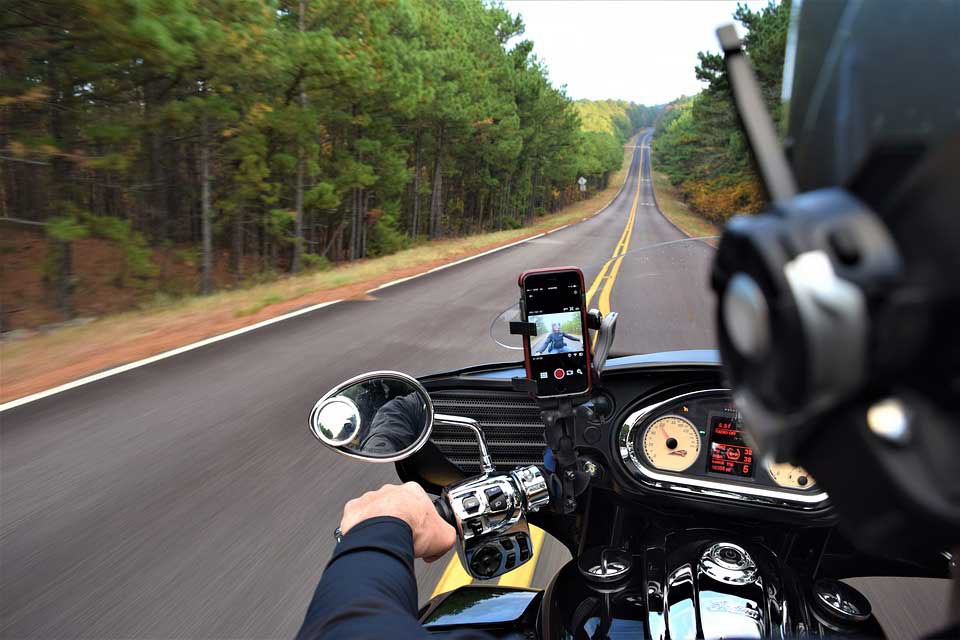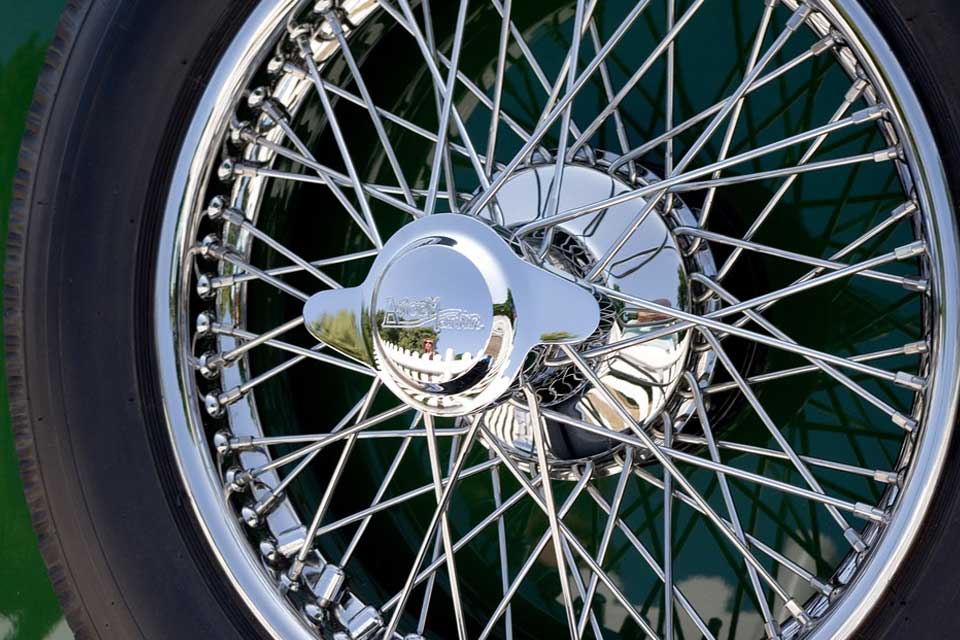What can be more adventurous than going out for a long bike ride. The amount of joy it gives can be compared to nothing in the world. But have you ever thought why despite having driven for years, we realise missing certain things and realise it only while on the wheels? It is only because we don’t make a checklist before starting to ride. Here we share some important things you must ensure before going out for that awaited long bike ride –
- Check your number plate is still firmly fitted and clearly visible. Check the legal requirement for placement.
- Go around the motorbike and look for any oil, water or fluid leaks. Check the radiator and engine hoses for loss of lubricant. Wipe your finger over the exposed section of the forks.
- Manually grab and shake various parts of your bike such as windscreens, chain guard, rear racks, etc. to check if they are in order.
- Check the throttle, brake lever/pedal and clutch lever for a bit of free play.
- Spin the wheels and apply the front and rear brakes independently of each other. Check that the brakes engage before the brake lever reaches the handlebars and that there is enough stopping power to be safe.
- While pondering the brakes, check the lever tension. When you hit the resistance point the lever or pedal shouldn’t keep moving. If it does, then your pads are worn out or there is a leak in the hydraulics. Check the brake pad width regularly by sight – front and back – and by feel. If your brakes are not hydraulic, check that the cables aren’t worn, frayed or buckled. If you have drum brakes, check the wear indicators on the end of the cable.
- There are other fluids you can also check such as clutch and radiator coolant. Look for signs of leaks. It also pays to check fuel, either on the gauge or with a quick look in the tank.
- Check the chain tension. There are sometimes indicators for the length of slack on the swing arm or chain guard. If not, they should be in your manual. Also check the front and rear sprocket for any wear or damage to the teeth.
- Check the wheels. Make sure the quick-release skewers are tightened correctly. Spin the wheels to check that they are true and don’t rub on the brake pads or anywhere on the frame or fork. Check that the wheels turn freely and there are no grinding noises coming from the hub.
- Tyre pressures should be checked when they are cold as heat increases pressure in the tyres. Also check your tyres for wear, cuts, nicks in the side walls or tread of tyres where the inner tube can bulge through and cause a flat.
- While looking at the tyres, also check the rims for dings or cracks and on spoked wheels check the spokes by gently hitting them with a small spanner.
- Check the electrics. Switch on the ignition and check headlight on low and high beam, indicators front and back, taillight and also check the brake light off both the lever and pedal. Try the horn as well. Then start the bike to see if the battery is fully charged or whether it labours to spark the engine into life. Check the oil level on the sight glass
- Let your motorbike run for about a minute to warm the engine oil, then switch it off and check the oil level. Don’t do it when the engine is cold as the level reading will be lower than expected as oil will still be up in the engine. Put the bike on its centre stand or tip it as close to straight as possible. A bike leaning on its side stand will give a false reading.
- Check your mirrors are clean and properly positioned.
Once you have thoroughly done your homework you surely are going to have no problem on the way. Just remember a stitch on time always saves nine, be sure you are sorted on time, so there is enough time for you to enjoy that bike ride instead of handling the issues that arise because of your past ignorance.
All the best and have a good long bike ride!




